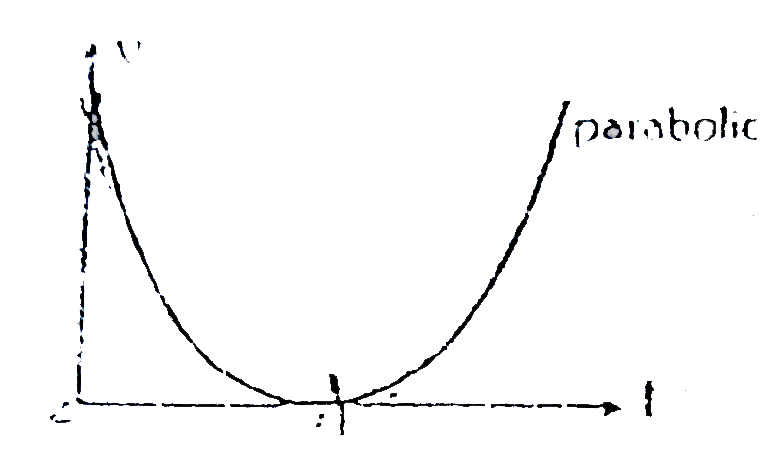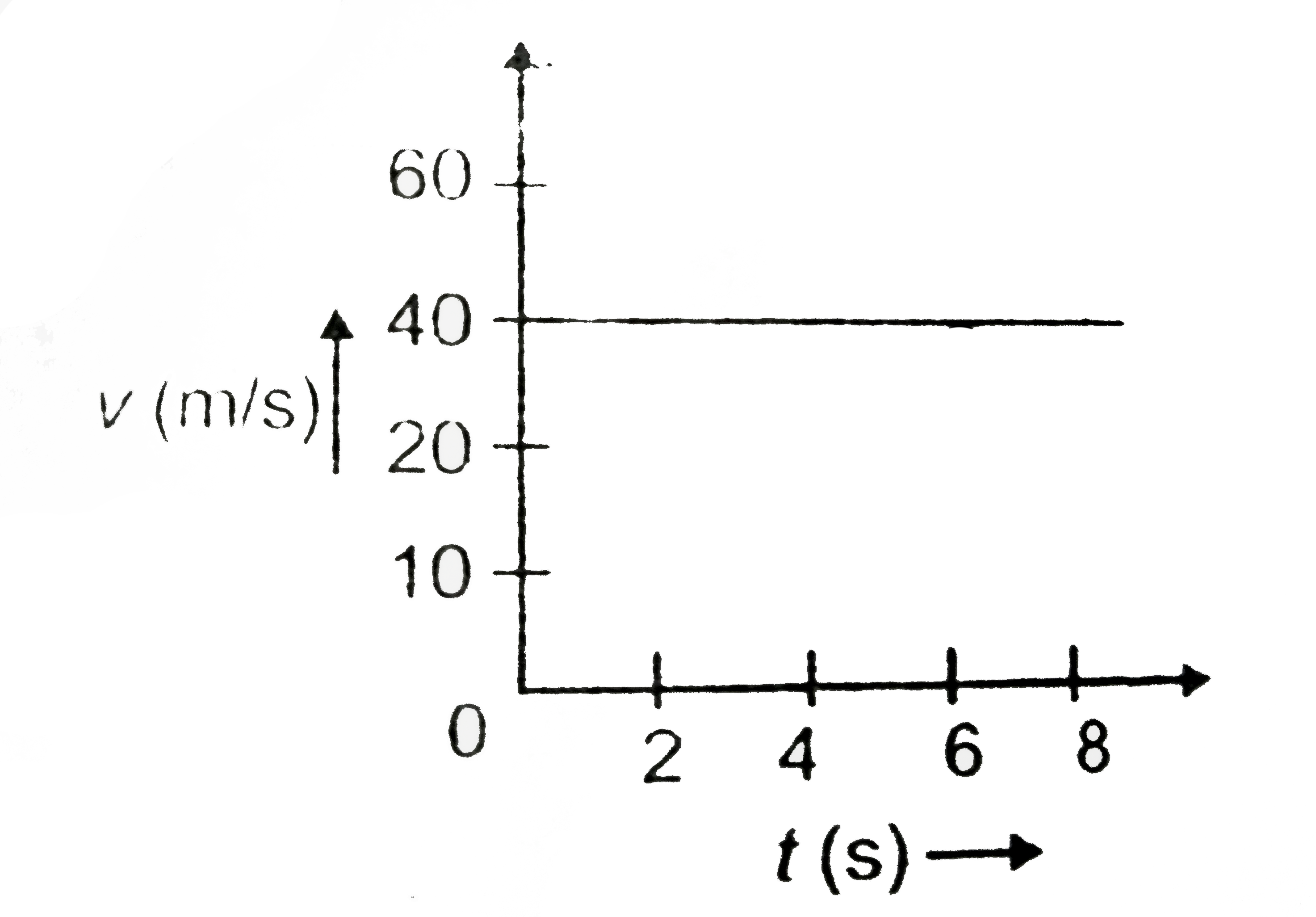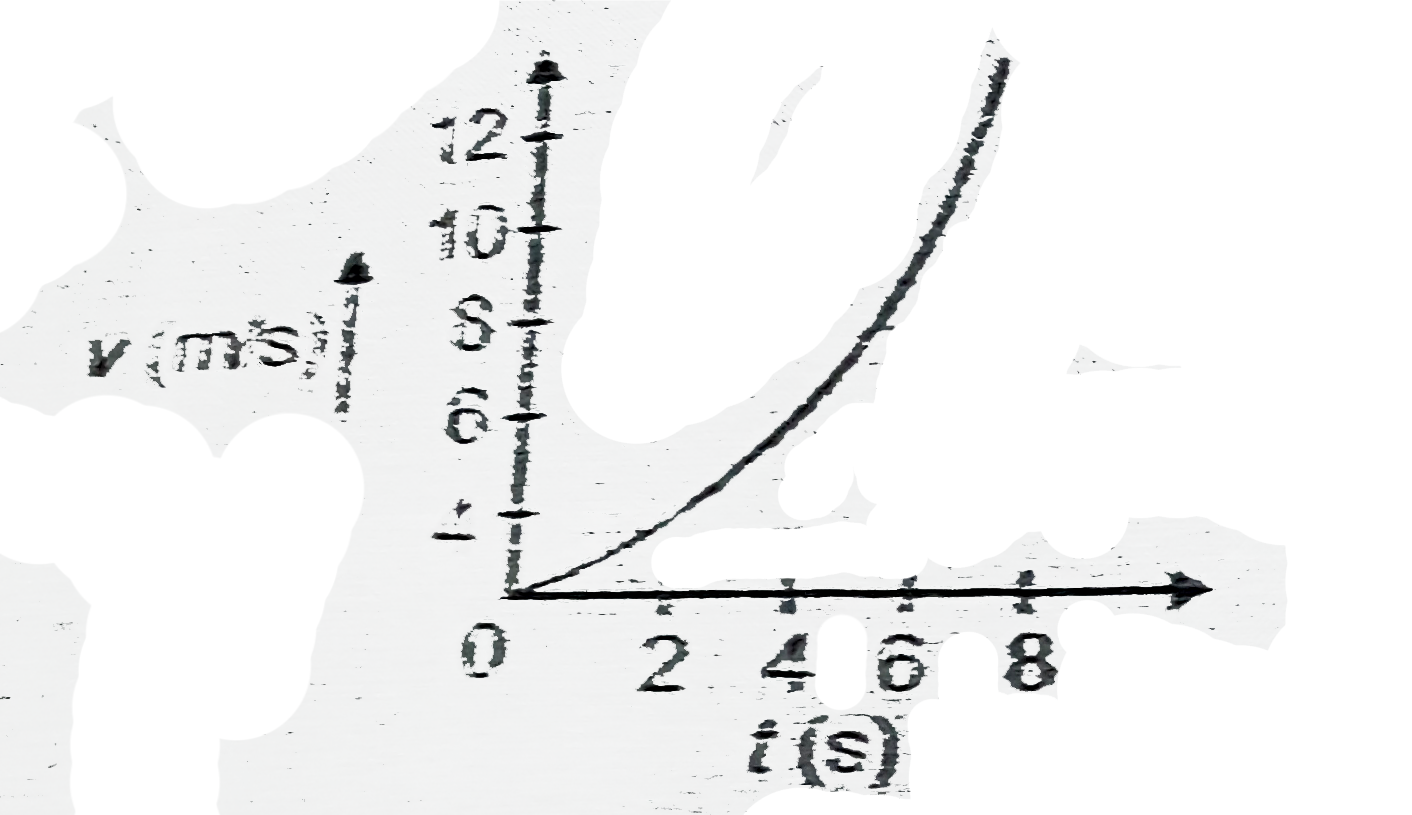If the velocity of an object is increasing and changing at a uniform rate then the acceleration of the object is:
Positive
Zero
Negative
Not defined
The correct Answer is:Positive.
To solve the question, let's break it down step by step:
Step 1: Understand the Concept of Acceleration
Acceleration is defined as the rate of change of velocity with respect to time. Mathematically, it can be expressed as:
a=dvdt
where dv is the change in velocity and dt is the change in time.
Hint: Remember that acceleration tells us how quickly the velocity of an object is changing.
Step 2: Analyze the Given Information
The problem states that the velocity of the object is increasing. This means that the final velocity (v) is greater than the initial velocity (u). Therefore, the change in velocity (Δv) can be expressed as:
Δv=v−u>0
This indicates that the object is speeding up.
Hint: When velocity increases, the change in velocity is positive.
Step 3: Consider the Time Interval
The time interval (Δt) during which this change occurs is always positive because time cannot be negative. Thus, we have:
Δt>0
Hint: Time is always a positive quantity in physics.
Step 4: Determine the Sign of Acceleration
Since both Δv is positive and Δt is positive, we can conclude that:
a=ΔvΔt>0
This means that the acceleration a is positive.
Hint: A positive acceleration indicates that the object is speeding up.
Step 5: Conclusion
From the analysis, we can conclude that if the velocity of an object is increasing and changing at a uniform rate, then the acceleration of the object is positive.
Final Answer: The acceleration of the object is positive.
Acceleration is defined as the rate of change of velocity with respect to time. Mathematically, it can be expressed as:
a=dvdt
where dv is the change in velocity and dt is the change in time.
The problem states that the velocity of the object is increasing. This means that the final velocity (v) is greater than the initial velocity (u). Therefore, the change in velocity (Δv) can be expressed as:
Δv=v−u>0
This indicates that the object is speeding up.
The time interval (Δt) during which this change occurs is always positive because time cannot be negative. Thus, we have:
Δt>0
Since both Δv is positive and Δt is positive, we can conclude that:
a=ΔvΔt>0
This means that the acceleration a is positive.
From the analysis, we can conclude that if the velocity of an object is increasing and changing at a uniform rate, then the acceleration of the object is positive.
Topper's Solved these Questions
- MOTION IN A STRAIGHT LINEBOOK - AAKASH INSTITUTE ENGLISHCHAPTER - MOTION IN A STRAIGHT LINEEXERCISE - EXERCISE
29 Videos
- MOTION IN A STRAIGHT LINEBOOK - AAKASH INSTITUTE ENGLISHCHAPTER - MOTION IN A STRAIGHT LINEEXERCISE - ASSIGNMENT (SECTION - A)
58 Videos
- MOTION IN A STRAIGHT LINEBOOK - AAKASH INSTITUTE ENGLISHCHAPTER - MOTION IN A STRAIGHT LINEEXERCISE - ASSIGNMENT (SECTION - D)
15 Videos
- MOTION IN A PLANEBOOK - AAKASH INSTITUTE ENGLISHCHAPTER - MOTION IN A PLANEEXERCISE - Assignement section -J (Aakash Challengers Questions)
7 Videos
- MOTION IN STRAIGHT LINEBOOK - AAKASH INSTITUTE ENGLISHCHAPTER - MOTION IN STRAIGHT LINEEXERCISE - Assignment (SECTION - J)
2 Videos
Similar Questions
Knowledge Check
Assertion : For a free falling object, the next external force is just the weight of the object .
Reason : In this case the downward acceleration of the object is equal to the acceleration due to gravity.AIf both assertion and reason are true and reason is the correct explanation of assertionBIf both assertion and reason are truebut reason is not the correct explanation of assertionCIf assertion is true but reason is falseDIf both assertion and reason are false.u=12at2
The velocity,v,of an object t seconds after beginning to accelerate from rest at a constant acceleration,a, can be found using the equation above. According to the formula, what is the ratio of velocity of the object t seconds after begins to accelerate to the velocity of the object 2.5t seconds after the object begins to accelerate?A425B25C52D254
Draw the velocity-time graph of an object whose speed is increasing at uniform rate but moving with negative acceleration.
View SolutionThe velocity of an object changes from 50 m/s to 60 m/s in 20 seconds. What is the average acceleration of the object over that interval?
View SolutionA : When the velocity of an object is zero at an instant, the acceleration need not be zero at that instant.
R : In motion under gravity, the velocity of body is zero at the top - most point.
View SolutionThe graph shown the variation with times t of the velocity v of an object . Which one of the following graphs best represents the variation of acceleration a of the object with time t?

View SolutionDraw the velocity-time graph of an object moving with uniform negative acceleration.
View SolutionThe velocity-time graph of an object is shown below. The acceleration of the object is

View Solution

